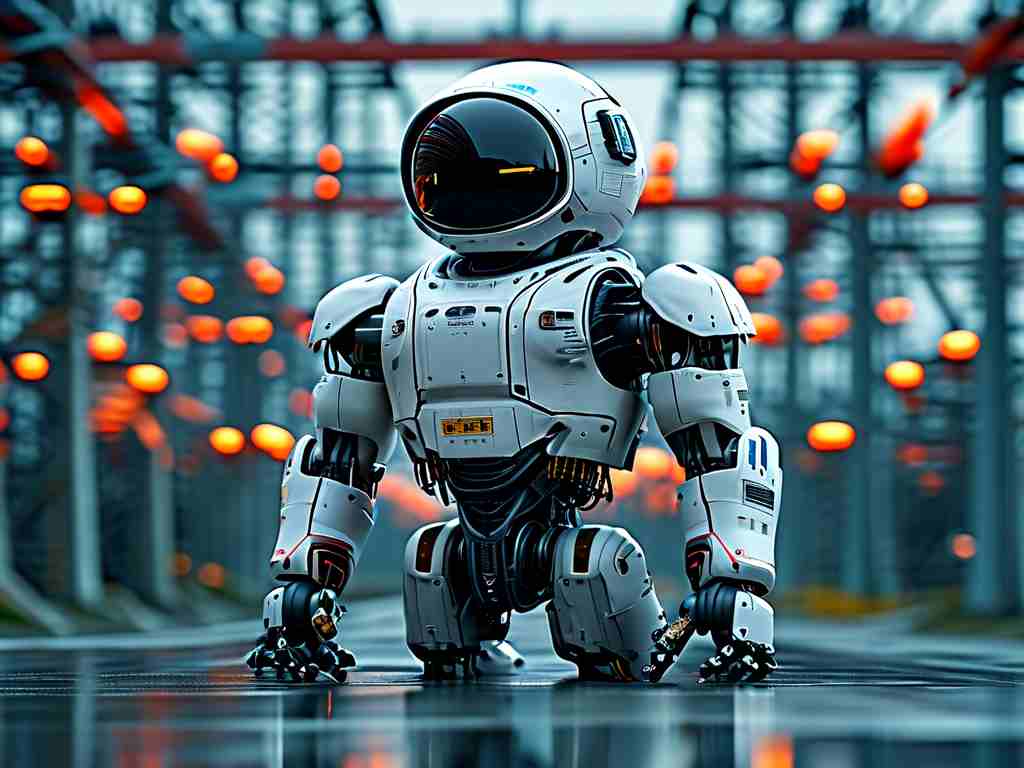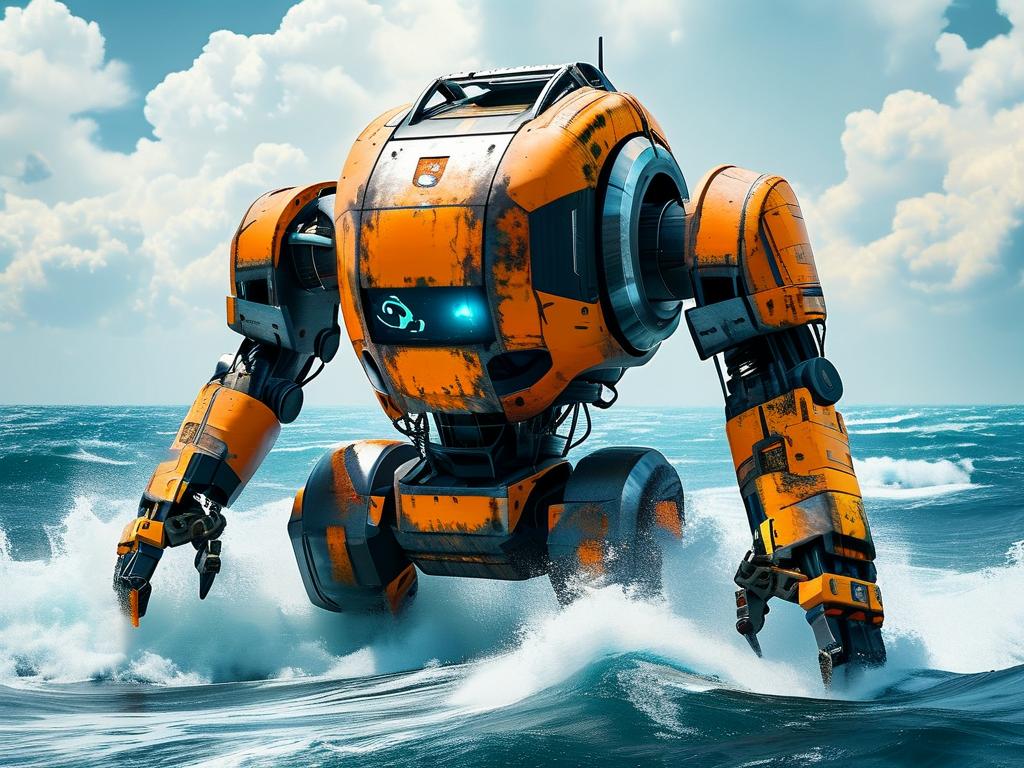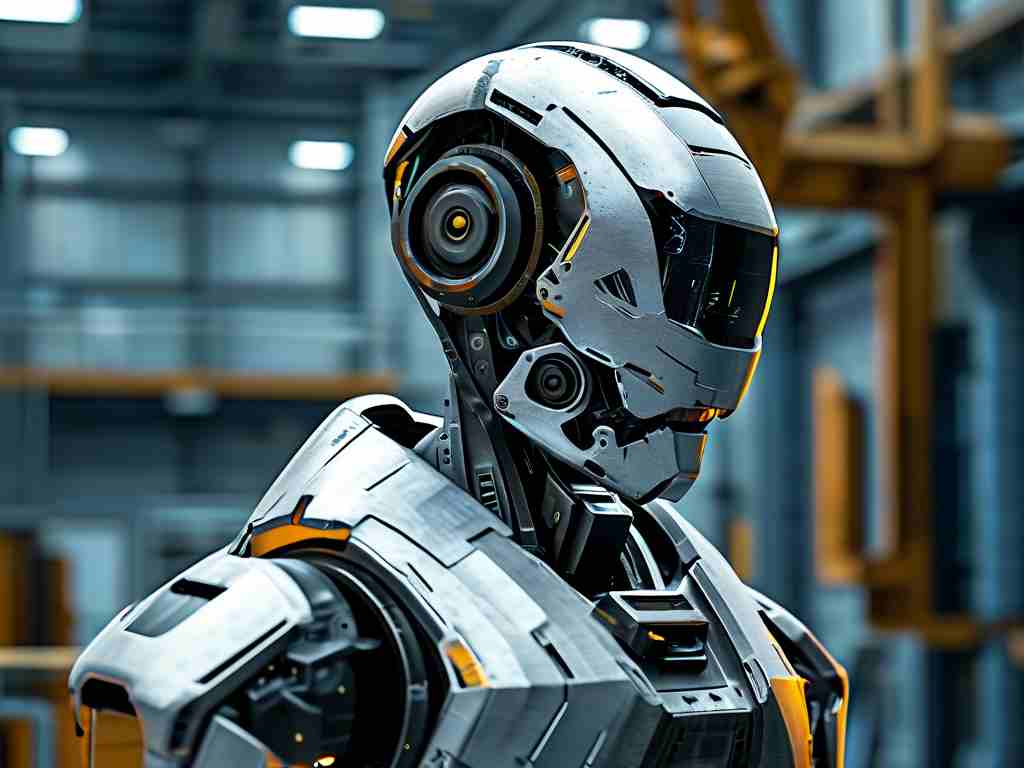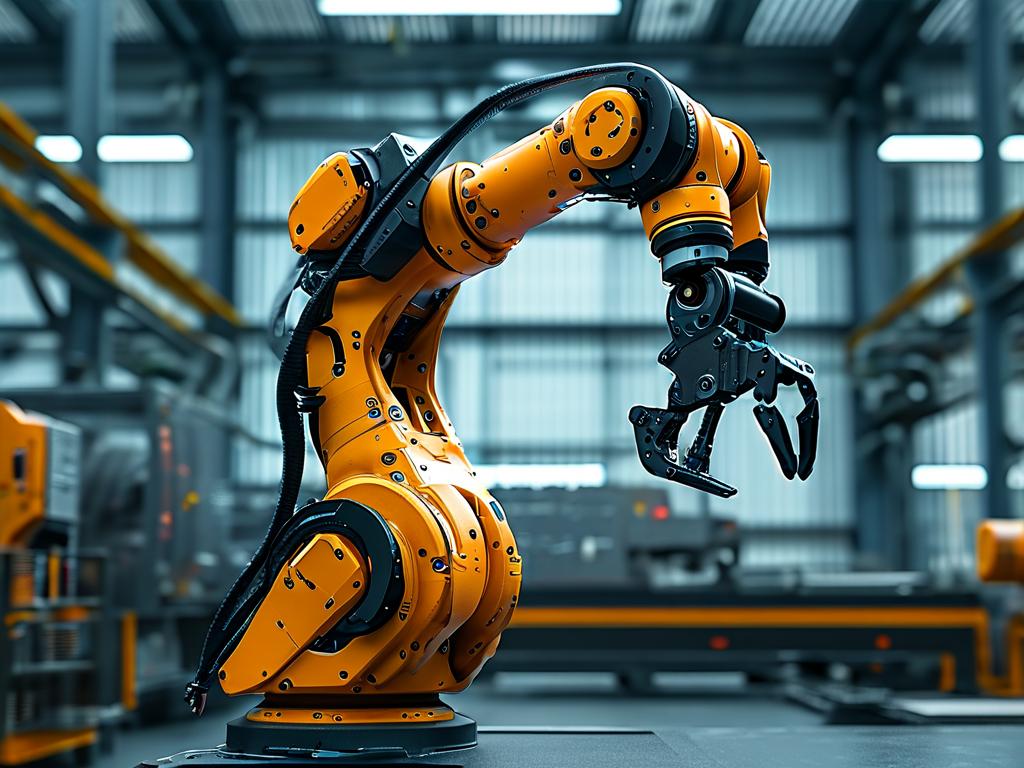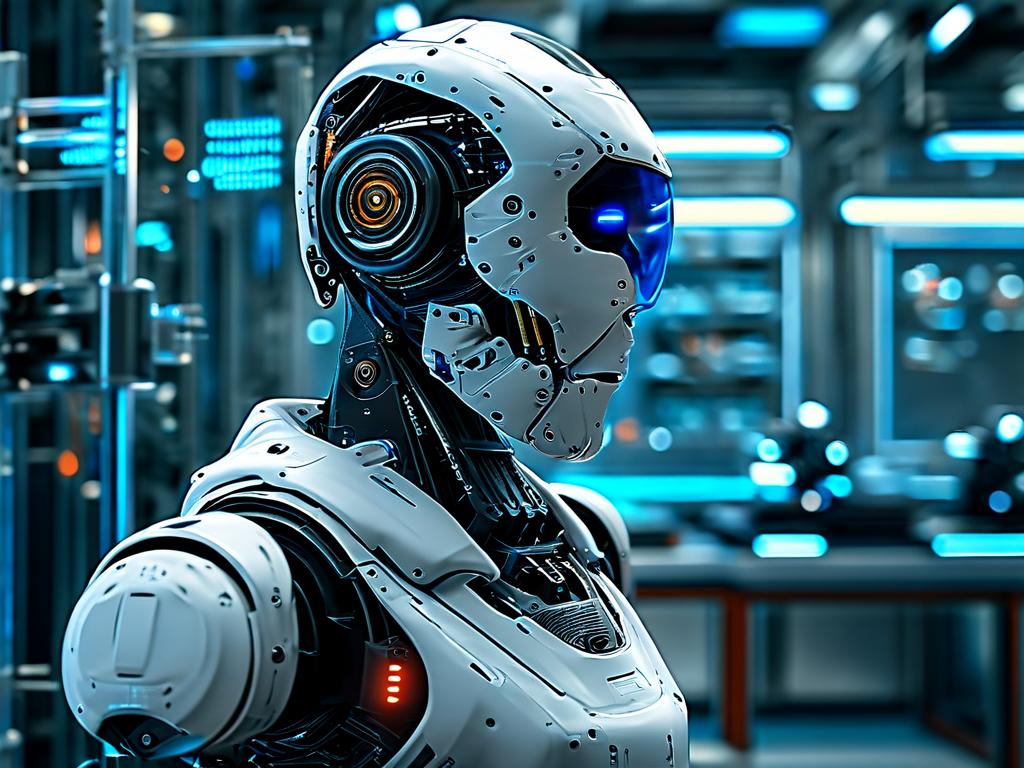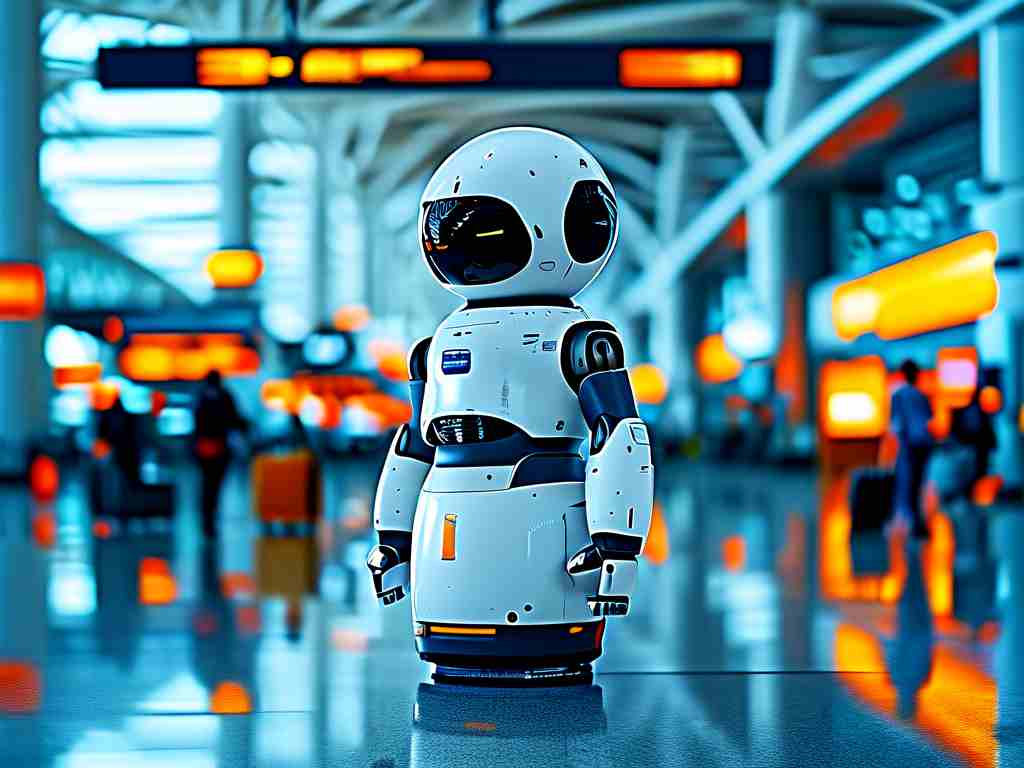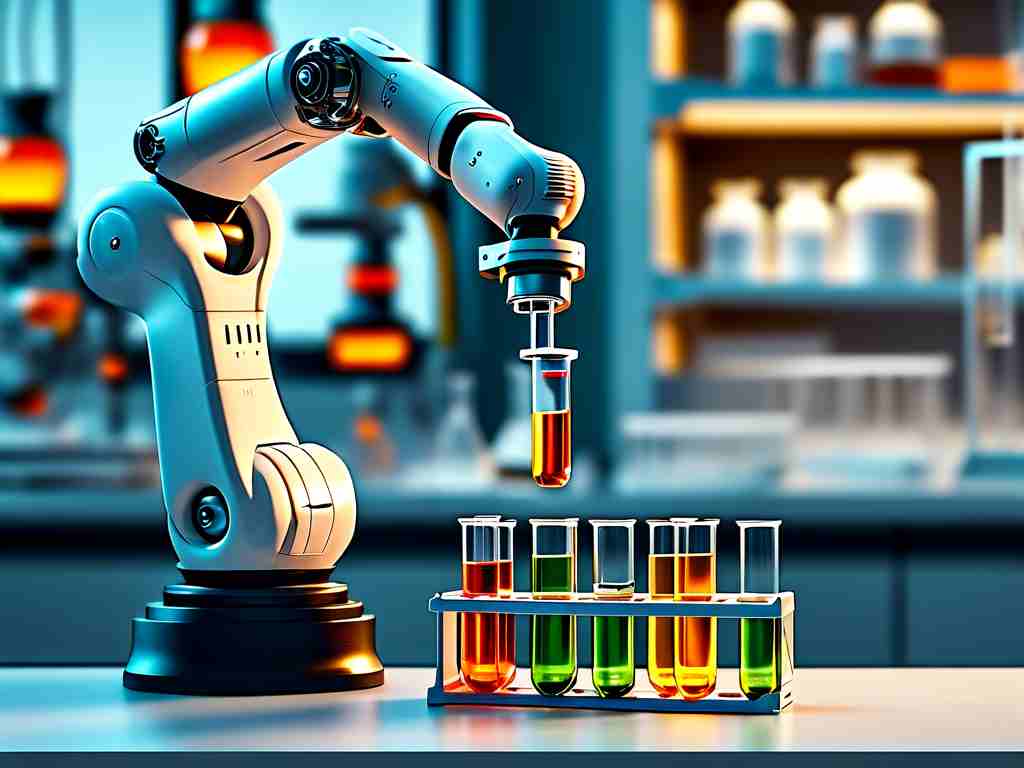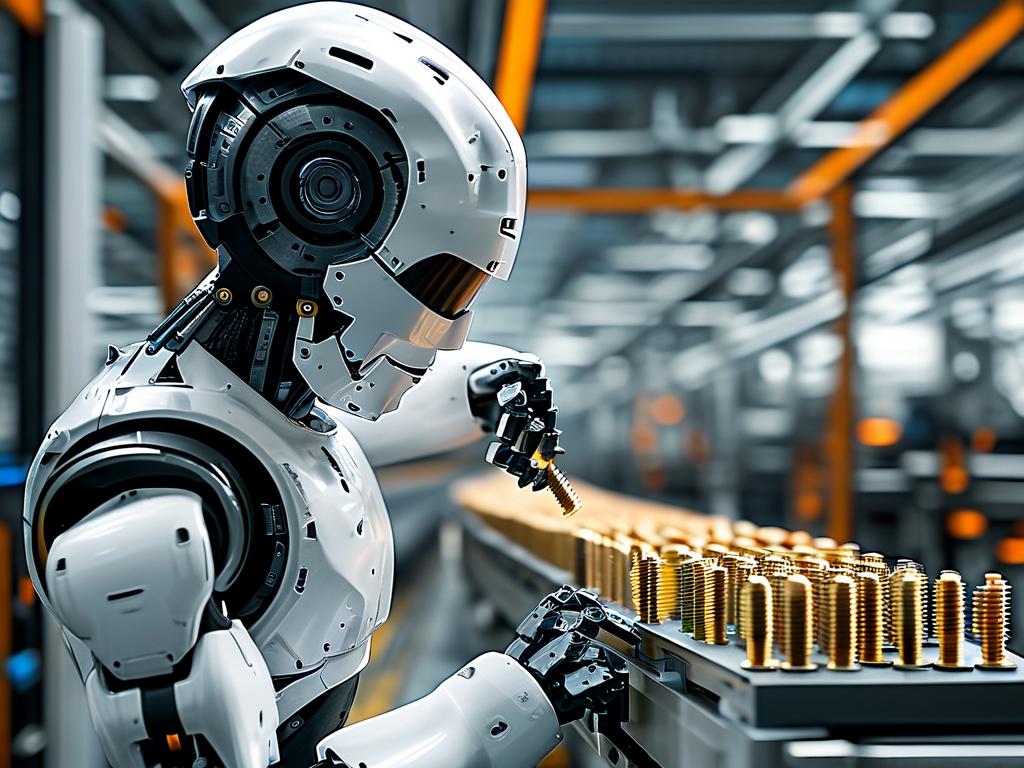The evolution of underwater robotics has reached a critical milestone with the development of advanced hovering technologies. These systems enable subsea robots to maintain stationary positions or execute micro-adjustments in dynamic marine environments – a capability vital for scientific exploration, infrastructure inspection, and environmental monitoring. This article examines the technical foundations and emerging innovations shaping this transformative capability.
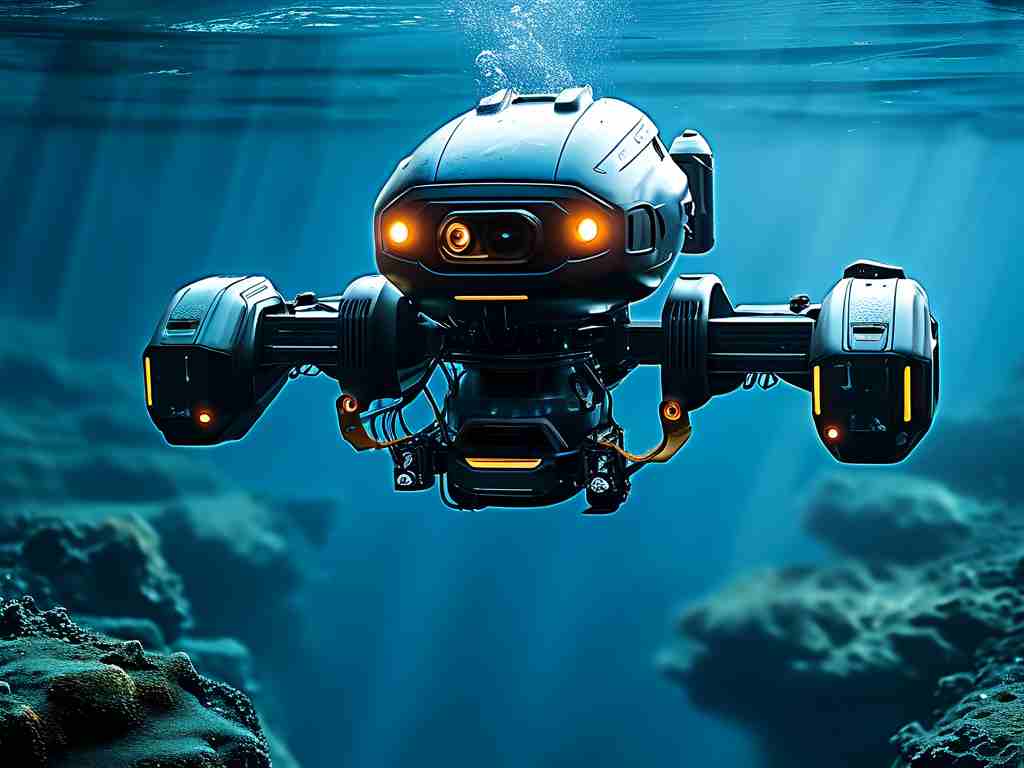
Core Technical Challenges
Three-dimensional stabilization in aquatic environments presents unique obstacles. Unlike aerial drones that contend primarily with air currents, underwater robots must compensate for variable water density, unpredictable tidal forces, and the compounding effects of equipment payloads. The fundamental challenge lies in creating responsive control systems that can process environmental data and adjust thrust outputs within sub-second response times.
Modern solutions employ hybrid sensor arrays combining inertial measurement units (IMUs) with Doppler velocity logs (DVLs). For instance, the SeaBotix vLBV300 platform utilizes a patented triaxial gyro configuration that achieves 0.1° orientation accuracy even under sudden current shifts. This precision enables operators to maintain position within 5 cm tolerances during delicate operations like coral reef mapping or pipeline weld inspections.
Propulsion System Architectures
Thruster configuration plays a pivotal role in hovering performance. While traditional designs favored four vertical thrusters in "+" formations, newer models like the EvoLogics QUANTUM employ six vectored thrusters in dodecahedral arrangements. This spatial distribution allows for torque-balanced maneuvers and redundant failure modes – if one thruster malfunctions, adjacent units can compensate through recalculated thrust vectors.
Energy efficiency remains a critical concern. Researchers at the Scripps Institution of Oceanography recently demonstrated a biomimetic approach using pulsed jet propulsion inspired by cephalopod locomotion. Their prototype consumed 23% less power during sustained hovering compared to conventional rotary thrusters, though response latency remains a trade-off requiring further optimization.
Adaptive Control Algorithms
Machine learning frameworks are revolutionizing position-keeping strategies. The Norwegian research consortium SUBPRO has developed a reinforcement learning model that continuously adapts to local hydrodynamics. By analyzing historical current patterns and real-time sensor data, their autonomous underwater vehicle (AUV) can predict and counteract disturbances before they induce positional drift.
Practical implementations require careful balance between computational load and operational reliability. Field tests in the North Sea revealed that neural network-based controllers reduced station-keeping energy expenditure by 18% compared to traditional PID systems, though they demanded more robust pressure-tolerant processing units.
Applications Driving Innovation
-
Marine Archaeology: High-precision hovering enables photogrammetric documentation of fragile artifacts without physical contact. The University of Malta's ARROWS project successfully mapped a 2nd-century Roman wreck site using hovering AUVs equipped with structured light scanners.
-
Offshore Energy: Floating wind turbine inspections demand millimeter-level positioning accuracy. Equinor's recently deployed Hovering ROV (HROV) series combines laser scaling with adaptive thrust control to maintain fixed positions relative to moving turbine foundations.
-
Biological Monitoring: Stationary observation of marine life requires minimal acoustic and hydrodynamic disturbance. The Monterey Bay Aquarium Research Institute's Benthic Rover II uses passive buoyancy adjustment coupled with intermittent thruster bursts to achieve near-silent hovering during long-term ecosystem studies.
Future Development Trajectories
Emerging technologies promise to overcome current limitations. Graphene-based artificial lateral line sensors, currently in prototype phase at MIT's Sea Grant Lab, could provide unprecedented flow field resolution for predictive stabilization. Simultaneously, advancements in superconducting magnetohydrodynamic (MHD) propulsion might eventually eliminate mechanical thrusters entirely, enabling completely silent hovering through electromagnetic fluid interaction.
Industry standards are evolving in parallel. The International Marine Contractors Association (IMCA) recently released new certification guidelines for hovering ROVs, emphasizing fail-safe mechanisms and position-keeping performance metrics under ISO 13628-8 compliance frameworks.
As these technologies mature, the operational envelope for underwater robots will expand dramatically. From maintaining position in Category 4 hurricane-induced currents to executing micron-level adjustments for semiconductor-grade manufacturing on seabed facilities, hovering capabilities are becoming the cornerstone of next-generation subsea operations. The convergence of material science, artificial intelligence, and marine engineering ensures that what was once a technical limitation will transform into a standard feature of underwater robotic systems within this decade.


